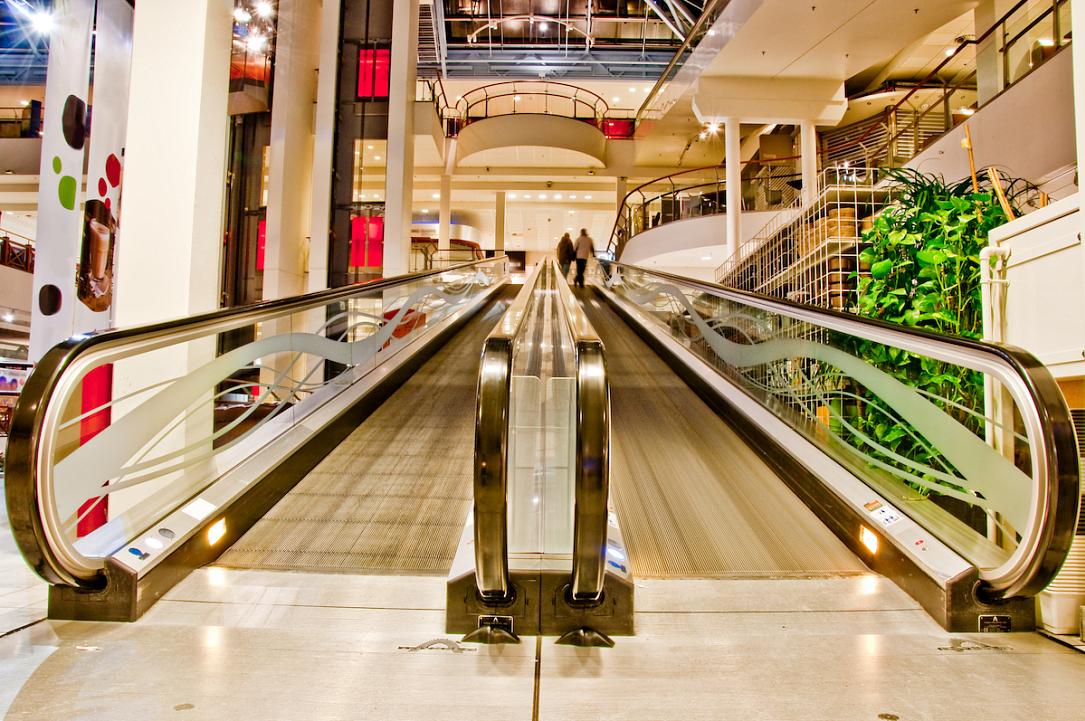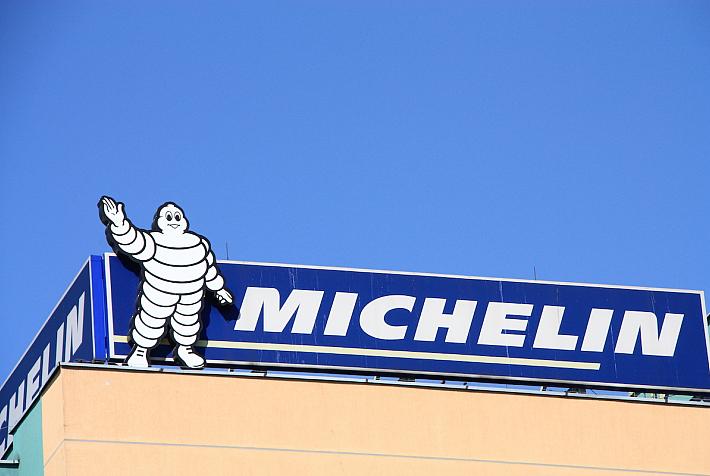Stock of modern retail spaces to hit record 4.5 mln sqm in Romania by end-2024, CBRE report says

The stock of modern retail spaces will overpass 4.5 million sqm by the end of 2024, setting a new record for Romania, according to a report by CBRE, the real estate consultancy market leader. Around 186,000 sqm could be added to the country’s modern retail stock if under-construction projects are considered.
According to CBRE’s Romania Retail Destinations 2024 report, the major Romanian cities surveyed will attract approximately 185,000 sqm in different construction or planning stages in the following period. The largest shares of new supply are located in Bucharest or its proximity, followed by Iasi, Cluj, Brasov, and Timisoara.
“The popularity of the specialized format is noticed in the forecasted developments, claiming 95% of the future new supply, and when looking exclusively at the under-construction units, retail park is the predominant format to be developed nationwide. Pitesti city is the recipient of the main project in the pipeline and set to be brought on the market this month, respectively Arges Mall, a 52,100 sqm GLA (gross leasable area) concept developed by Prime Kapital,” CBRE Romania said.
According to the company, Romania maintains its position as an attractive market for international retailers due to several advantages such as increasing purchasing power, retail spending growing rates, a constant appetite for new brands, an educated workforce, and a very low vacancy rate (below 3% on average) for the existing spaces.
Carmen Ravon, Head of Retail Occupiers at CBRE, commented: “Whether the modern stock of retail space will exceed a new perceptual threshold could sound impressive, but it is not enough, as many international retailers are interested in entering the Romanian market, and the demand for large areas has been increasing. 2024 is another dynamic year from a commercial point of view, considering the brands that have already opened or announced their intention to open locations in Romania, names such as KIKO Milano or Happy Restaurants, and more to come from sports, convenience, fashion, and beauty sectors.”
In terms of total existing retail stock, Bucharest ranks first with 1.25 million sqm, followed by Timisoara (218,800 sqm), Constanta (183,600 sqm), Brasov (181,000 sqm), and Craiova (175,000 sqm). Although the purchasing power of Cluj’s inhabitants ranks 3rd after Bucharest and Timisoara, the city fell out of the top 5 cities in terms of modern retail stock by not delivering new supply since 2022, when it recorded 157,600 sqm, the report noted.
Meanwhile, Cluj-Napoca has the highest prime rent for shopping centres, of EUR 70/sqm/month, after Bucharest, which reaches the threshold of EUR 80/sqm/month. Iasi, Timisoara, and Constanta report values of EUR 60-65/sqm/month, while the rest of the analyzed cities are at EUR 45/sqm/month.
At the end of 2023, shopping centres, considered the traditional retail format, claimed across Romania a bit over a quarter of the total new supply area, as opposed to the retail park format, which represents 73% of the newly inaugurated area.
“The trend for the specialized format (meaning retail parks) is constantly gaining more weight in the yearly new supply and could be observed in numbers starting with 2021 when retail developers predominantly focused on schemes that meet three essential points: small sized with potential for growth, easy to access, close to end users, even if that means outside the capital city or main regional cities,” reads the press release.
At the same time, modern stock in the main cities continues to favour the shopping centre format, with almost all cities surveyed recording over 60% of stock in this format. A notable exception is Oradea, where retail parks account for 54%, contrasting Brasov, where shopping centres account for 94%.
When it comes to the cities with the largest shopping centres, Bucharest has the largest surface area (773,300 sqm), 4.5 times larger than the next largest city, Brasov (171,000 sqm). Next is Timisoara (170,000 sqm), followed by Cluj-Napoca (more than 123,000 sqm), and Constanta (118,000 sqm), figures that have not changed since 2022.
“As the first quarter of 2024 came to an end, it is noteworthy that Retail Trade maintains its positive trajectory and, at the same time, that demand is mainly focused on Prime locations. Even if developers are still cautious, so that the malls that most retailers are looking forward to are not being developed, they are focusing on retail parks, which have lower investment costs, allow for faster openings, and in locations that enter tertiary cities thus developing modern consumer habits across the country,” CBRE also said.
irina.marica@romania-insider.com
(Photo source: Eugene Suslo/Dreamstime.com)
















